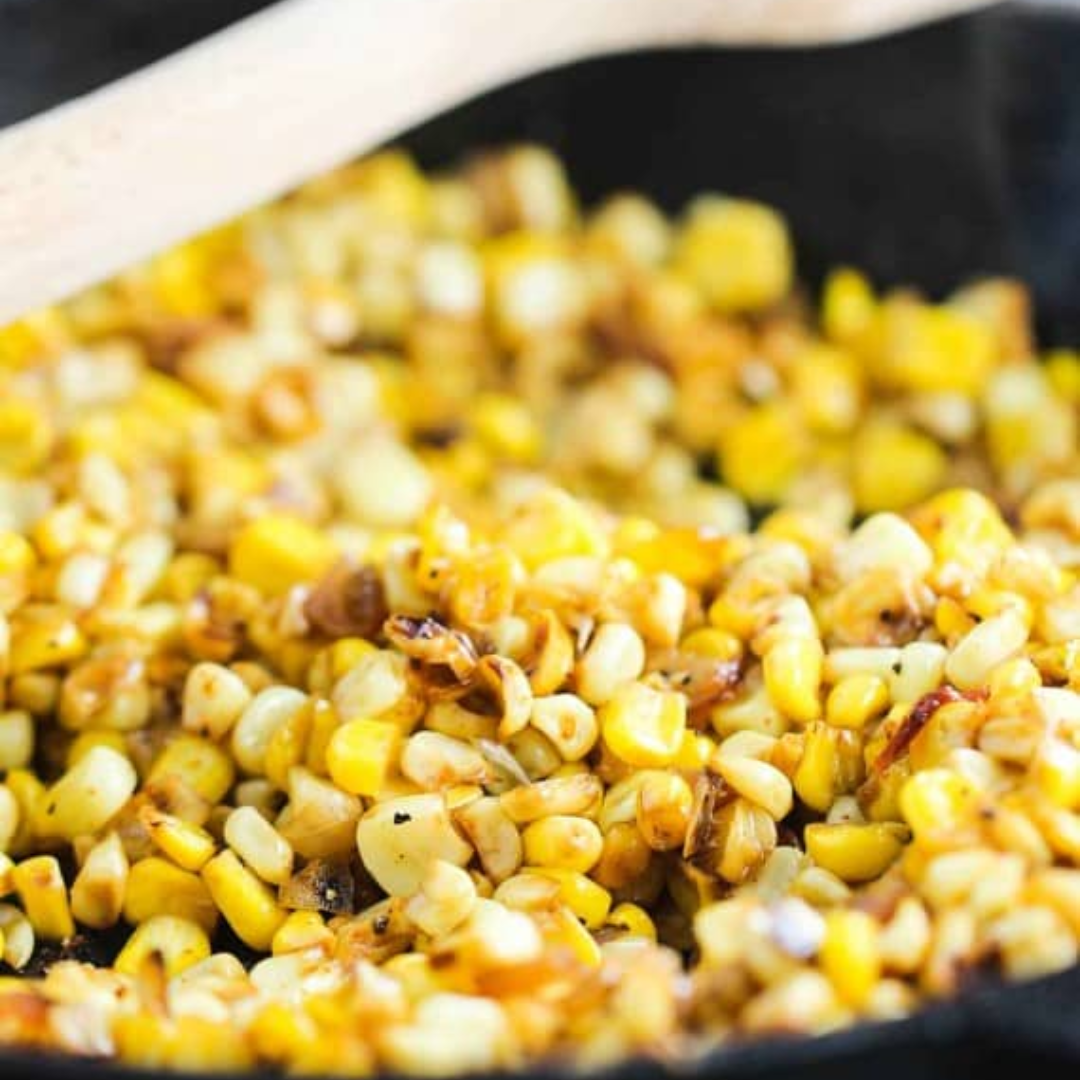One of my favorite things about winter is teaching Miso Workshops. We only teach Miso making in the winter since Miso is traditionally started in the winter months, so when it was time to start amping up for our winter workshops at the Brooklyn Botanic Gardens and Enlightenment Wines we went and started digging through our Miso stash to see what we wanted to share with our students. If you got a chance to make it to the NYC Fermentation Festival then you likely got to test out some of our Miso's there as well. From our Chickpea Leek Kelp Miso, Blackbean Miso, to our Cashew Miso we've been all about Miso this winter so we wanted to share one of our favorite recipes of late with you. We've be playing with nuts and seeds a lot lately and Pistachio Miso has become one of our favorites. A quick and easy ferment, guaranteed to be a nice accoutrement to any meal.
Here's our recipe:
1 cup Raw unsalted pistachios
1/2 cup Koji (rice or barley koji)
Sea salt
Instructions:
Soak the pistachios for 2-4 hours. Drain the excess liquid. Soak the koji in a few tablespoons of water while you prep the nuts and blender.
In a blender combine the soaked pistachios with the koji and 1 tbs of sea salt and blend into a paste. You will likely have to add a little filtered water while you blend. You ultimately want it to be a toothpaste consistency.
Take a wide mouth jar and pour the mixture into the jar, leaving room at the top, put on a lid and let sit for 2-4 days in a cool dark place.
We like to use this miso as a spread on baked fish, toast, as a soup, in salad dressings and more. We hope you enjoy it as much as we do!


